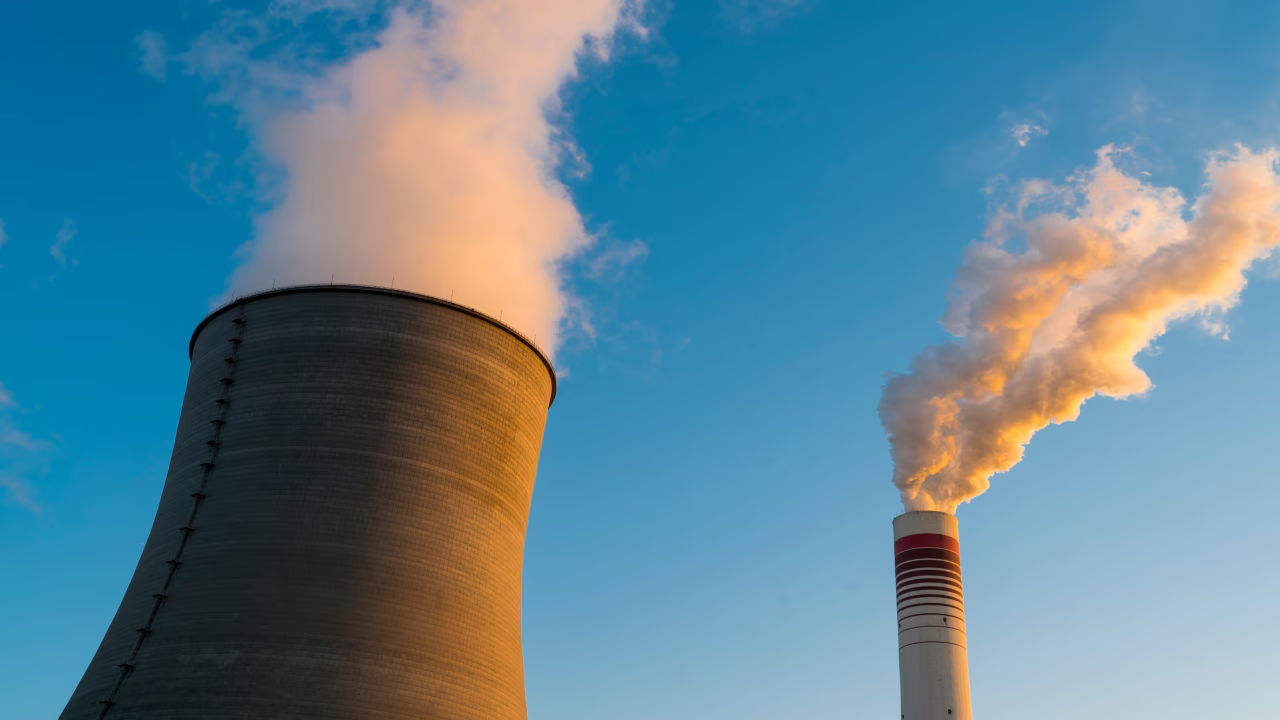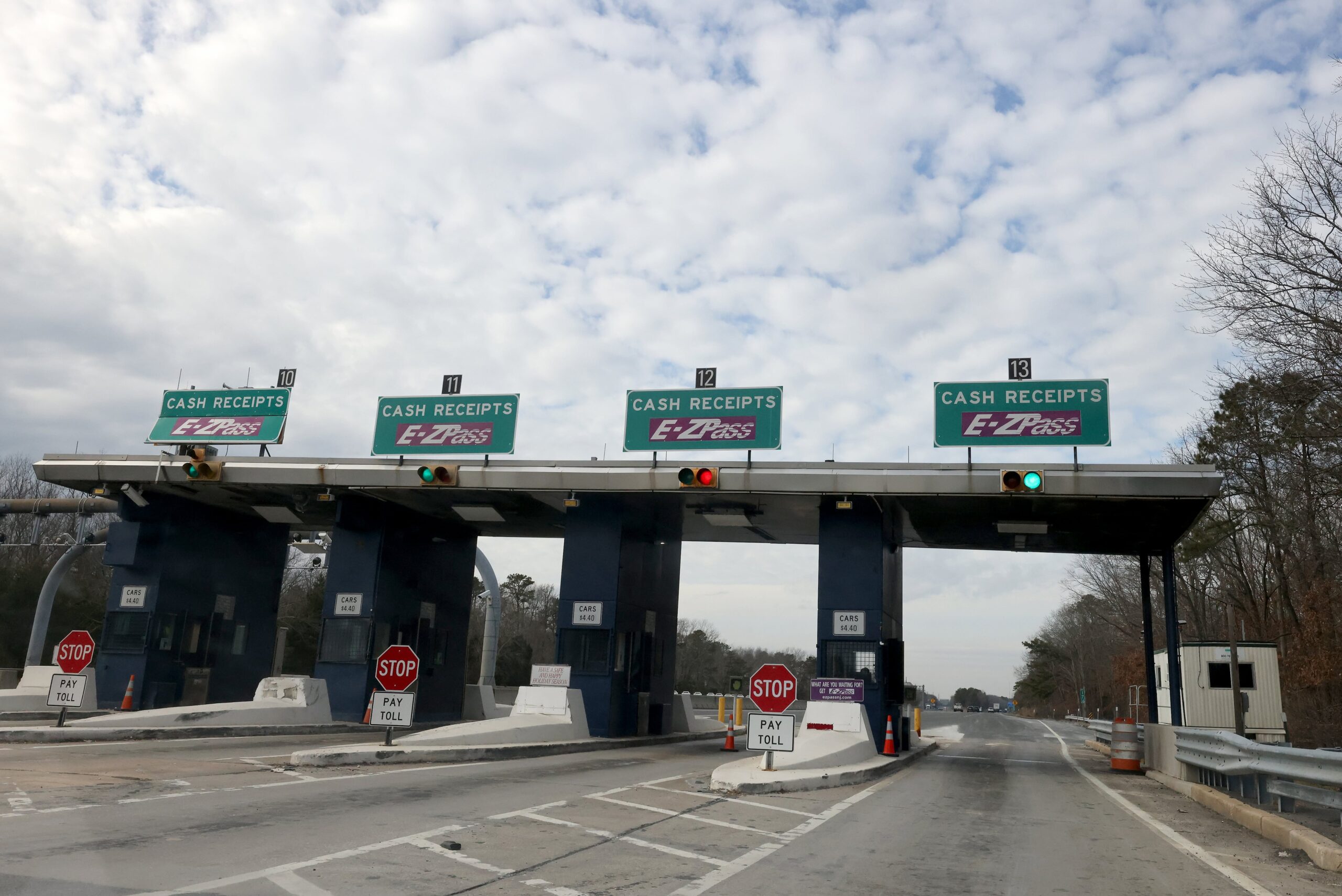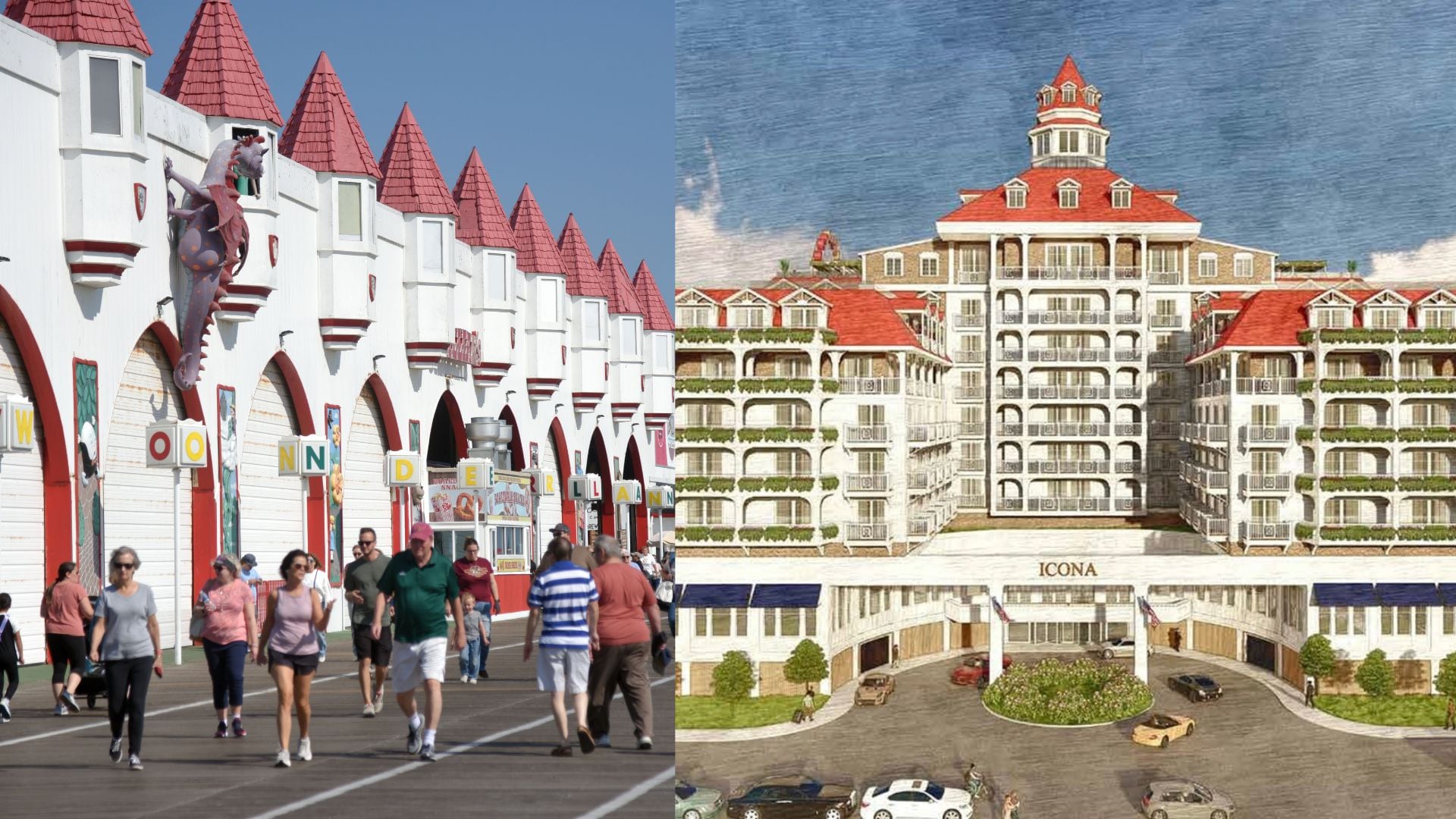Westinghouse, one of the world’s leading nuclear power companies, is working on a plan to make nuclear power more affordable and efficient after past projects faced severe cost overruns and delays. With a renewed focus on small modular reactors (SMRs) and advanced nuclear technology, the company aims to bring a cheaper, faster, and more scalable approach to nuclear energy.
This shift comes at a crucial time as governments worldwide push for cleaner energy solutions to combat climate change. However, challenges remain in overcoming regulatory hurdles, public perception, and the financial risks associated with nuclear construction projects.
Westinghouse’s Troubled History with Nuclear Costs
Westinghouse has played a major role in nuclear power development, but previous projects have been plagued by budget overruns and lengthy delays.
One of the most notable examples is the Vogtle Nuclear Plant in Georgia, USA. Initially projected to cost $14 billion, the project ballooned to over $30 billion and was delayed by nearly a decade. The financial strain from these setbacks even led to Westinghouse’s bankruptcy filing in 2017.
These issues were not unique to Westinghouse—many nuclear projects worldwide have struggled with similar problems due to:
- Complex construction requirements
- Regulatory delays
- Rising material and labor costs
- Public resistance to nuclear expansion
The Shift Towards Small Modular Reactors (SMRs)
To avoid repeating past mistakes, Westinghouse is shifting its focus to SMRs, which promise to be:
- Smaller and more affordable than traditional large nuclear reactors
- Easier to build and deploy, with modular construction allowing for quicker assembly
- Safer and more efficient, using advanced cooling systems to reduce risks
The company’s AP300 SMR design is a scaled-down version of its existing reactor technology. With a 300-megawatt capacity, it is intended to provide clean energy at a lower cost and with faster deployment times.
Benefits of SMRs
Westinghouse and other nuclear companies believe that SMRs can solve many of the problems that plagued traditional nuclear projects:
- Lower Initial Costs – Traditional nuclear plants require massive upfront investment, while SMRs can be built in phases.
- Faster Construction – Modular design means SMRs can be built in factories and transported to their final location.
- Increased Safety – Advanced safety features reduce risks of meltdowns or radiation leaks.
- Flexible Deployment – SMRs can be installed in remote locations or integrated into existing power grids.
Challenges and Regulatory Hurdles
Despite their promise, SMRs still face significant challenges before they can become mainstream.
- Regulatory Approval – Nuclear reactors, even smaller ones, must pass strict safety and environmental reviews. The approval process can take years, if not decades.
- Public Perception – Many communities still oppose nuclear power due to safety concerns. Past disasters like Chernobyl and Fukushima have left a lasting impact on public trust.
- High Initial Investment – While SMRs are cheaper than traditional nuclear plants, they still require billions of dollars in upfront funding.
- Competition from Renewables – Wind and solar power continue to become cheaper, making nuclear less attractive for some investors.
The Future of Westinghouse’s Nuclear Vision
Despite these obstacles, Westinghouse remains optimistic that nuclear energy will play a key role in the global transition to clean power. Governments in the United States, Canada, and Europe are increasing funding for nuclear projects, and some experts believe that SMRs could help revive the nuclear industry.
- The U.S. Department of Energy (DOE) is investing in SMR research and deployment.
- Countries like Poland and the UK have shown strong interest in Westinghouse’s SMR technology.
- Private investors and energy companies are beginning to explore nuclear as a long-term clean energy solution.
Conclusion
Westinghouse’s new approach, centered around smaller, modular, and more affordable nuclear reactors, could revitalize the nuclear industry after years of cost failures. However, regulatory approvals, public trust, and financial backing will determine whether these plans succeed.
As the world looks for reliable and sustainable energy solutions, nuclear power remains a controversial but potentially essential player in the global energy mix. If Westinghouse’s SMR technology proves successful, it could pave the way for a new era of cost-effective, scalable nuclear energy.








